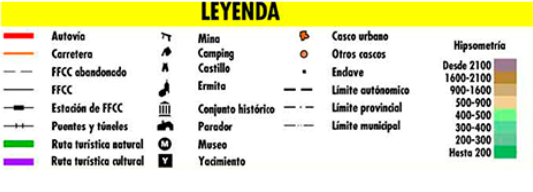
Summer

While frogs and toads doze half-buried in the earth during the hottest periods, summer is the period in which their young make the passage from aquatic to terrestrial life via the fascinating process of metamorphosis.
Although the birds of the forest are silent, the sounds of the swallows and common house martins are a treat for the ear as they flutter around the rooftops of the towns at dawn and dusk, to be replaced at night by the ceaseless song of the crickets.
The park's mammals are not comfortable in the heat, leading relatively quiet lives during the day. The garden dormouse even goes so far as to sleep away the hottest periods in its nest, until the temperatures become cooler. Does and female Spanish ibex are able to keep an eye on their still-nursing young without too many threats to startle them, and are most active at night and in the early morning. Summer is also the time for wild-boar piglets to lose their striped coats and take on the reddish hue of their parents, under the nervous gaze of the squirrels that are already feeding their second litter of the year in the crowns of the pine trees.
Actividades deportivas
Observación astronómica
Música, festivales, verbenas
Los bolos serranos
During the day, the summer heat makes us think about the many possibilities that the aquatic areas of the park offer us. All the towns have municipal swimming pools whose prices are very affordable. Rivers, canyons or reservoirs allow you to do sports in the most refreshing environment of all, but it is important that you inform yourself of the specific activity you want to do through the Ministry of the Environment or authorized companies, as there are areas where the degree of protection is not compatible with these uses. Rafting, kayaking or canoeing are very popular in the Guadalquivir, downstream from the Tranco dam, especially between June and August, when the reservoir drains more. You can do horse riding, or also original night excursions, on foot or by mountain bike, organized to enjoy the coolness of those hours. And if you are one of those who need to feel adrenaline, in the Sierra de Segura you can discover the park from a bird's eye view, with paramotor or paragliding flights.
El parque presenta las mejores condiciones para la observación del cielo y el descubrimiento de astros misteriosos y lejanos. Si dispones de equipo propio para la observación solo tienes que elegir un lugar alejado de fuentes importantes de luz, pero si deseas introducirte en este apasionante mundo puedes dirigirte a la Sierra de Las Villas donde el nuevo Centro de Divulgación Astronómica en la escuela unitaria de La Fresnedilla organiza numerosas actividades a lo largo del año, sobre todo en verano (sólo previa cita).
En verano, coincidiendo muchas veces con las fiestas locales del parque, vas a encontrar motivos para disfrutar de la noche al aire libre. En julio, las comarcas de Cazorla y de Segura organizan eventos donde la música es una de las protagonistas indispensables (ver Festival Internacional de Aire -FIA- y Blues Cazorla). Y a lo largo de toda la estación puedes conocer los cantos y bailes populares de distintos pueblos y aldeas visitando sus fiestas. Será difícil que, si visitas el parque en verano, no coincidas con alguna fiesta popular.
Este curioso juego se practica en todas las comarcas que forman parte del parque natural. Es un juego de origen antiquísimo –al menos del siglo XV- y la tradición oral ha permitido que se recupere su actividad, gozando hoy de fama y respeto en todo nuestro territorio. En verano, y otoño hay campeonatos en muchas localidades –Orcera, Beas de Segura, Pozo Alcón, Cazorla, Mogón, entre otras-. Es otra interesante forma de profundizar en el conocimiento de las costumbres serranas y la gente estará encantada de enseñarte a jugar. La Federación del Bolo Andaluz-Bolo Serrano tiene su sede en el parque. Acércate a este deporte, probablemente el único deporte autóctono andaluz.



